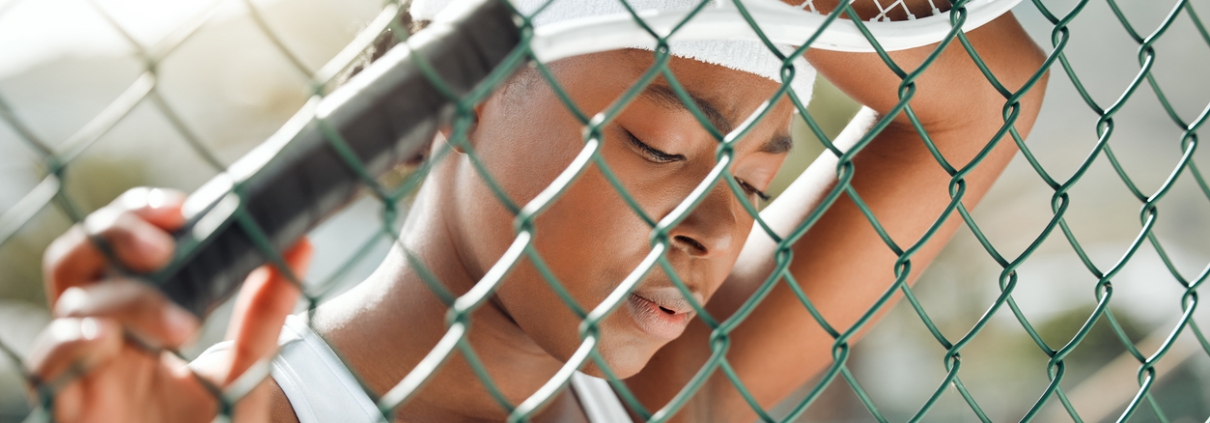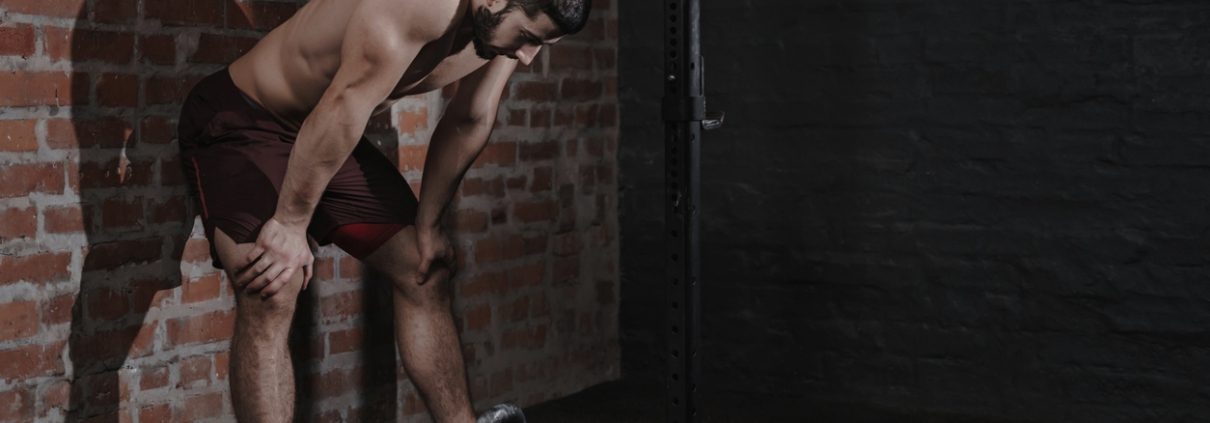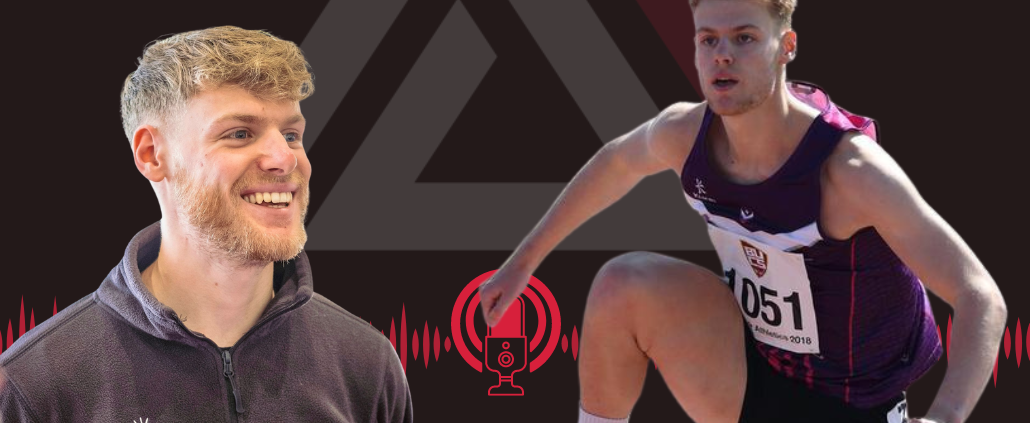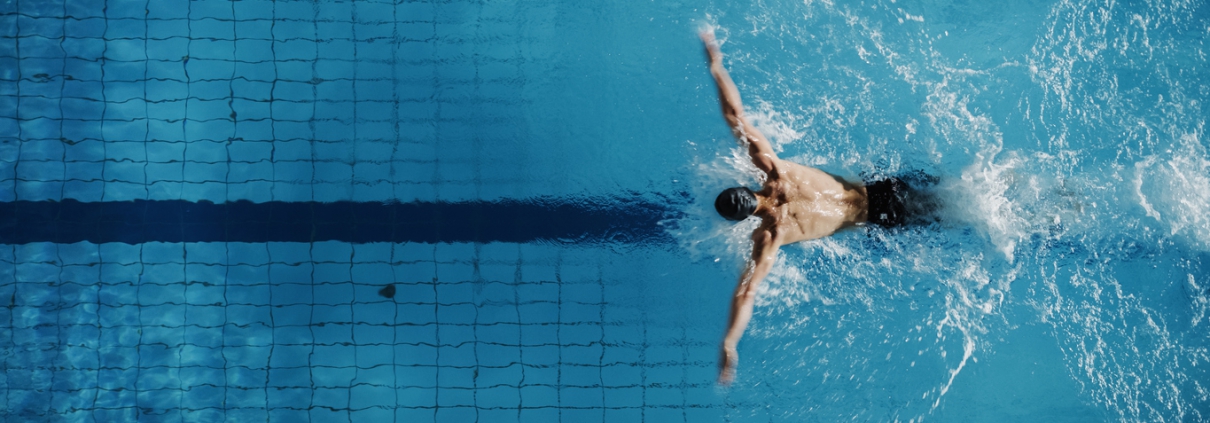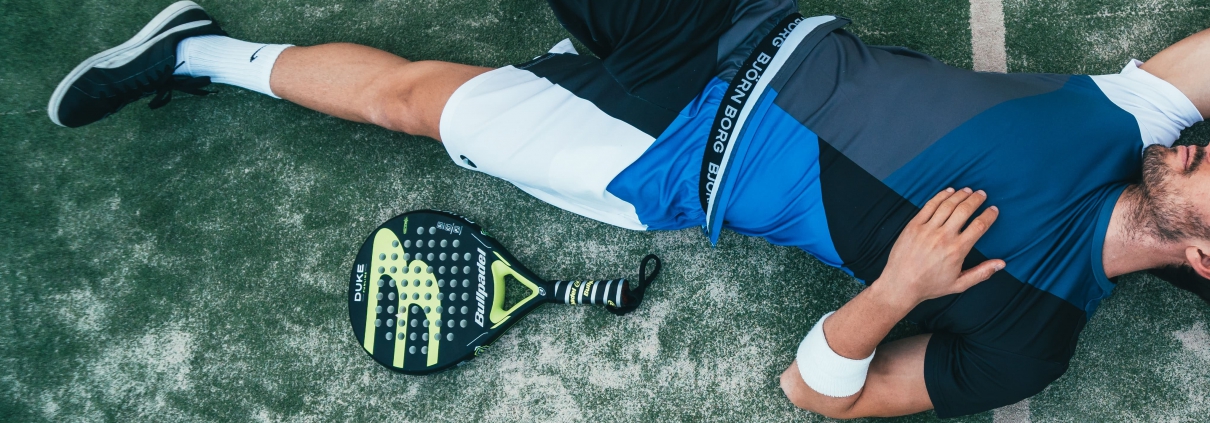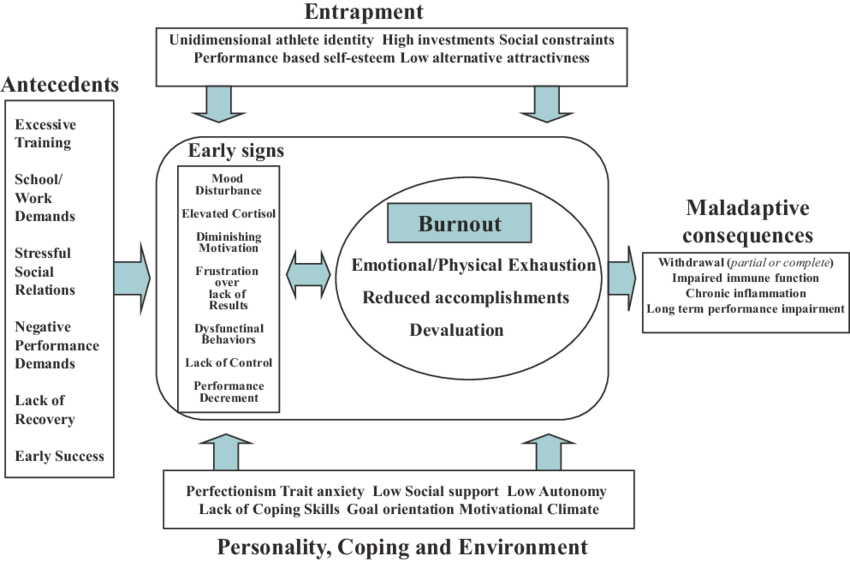How to Recognise Burnout in Youth Sports
Here’s how to recognise burnout to prevent a mix of physical and emotional stressors.
Burnout in youth sports might just be more common than we think — with young athletes wanting to be professional football players, gymnasts, swimmers, runners, and everything in between, it can be difficult to find the line between “hard work” and “overtraining.”
So, it likely comes as no surprise that it’s very common for young athletes to specialise in one given sport from an early age. Besides, it makes the most sense if they want to turn professional, right? Kind of — more on this below.
Whether that’s gymnastics, swimming, tennis, or running, for example, the physical and emotional costs of specialising in one sport are often quite large. Early sport specialisation requires increased training hours and may expose youth athletes to increased social isolation, including less time with family, increased stress and anxiety, and the big one: burnout.
Yep, burnout — hello again, old friend.
But understanding burnout in youth sports is not as simple as reducing the time or dedication spent towards one given sport — it’s much more complicated than that. For instance, other factors may result in burnout, including increased school demands, a lack of recovery, success from an early age, low self-esteem, the list goes… These burnout risks are taken from Gustaffson and colleagues — although less is known about burnout and youth sport, we should still take these into consideration.
So, this blog post will highlight what we do know — we’ll provide a quick burnout definition, we’ll touch on early sport specialisation, how to prevent burnout in youth athletes, and how to recognise the signs of burnout sooner rather than later.
What is burnout in youth sports?
We’ve covered athlete burnout in previous blog posts, but before we discuss how to recognise the signs of burnout — and how to prevent it — we need to provide a quick definition.
Burnout is often described as a lasting experience of physical and emotional exhaustion.
For example, youth athletes who encounter burnout may feel unmotivated to train and are likely to experience a reduced sense of self-accomplishment. And most notably, the physical and emotional drain may lead to the young athlete quitting and withdrawing from their sport, as suggested by a 2007 study.
Early sport specialisation vs. early sport diversification
Let’s start with what is thought to be the biggest risk factor for burnout in youth athletes…
Early sport specialisation involves a youth athlete focusing — or as instructed by a coach — on one sport. The two main sports culprits that come to mind are swimming and gymnastics. Although, it can be virtually any sport out there, from tennis to ping pong.
The main problem, however, is the risk factors that come with specialising in one sport. And yes, you guessed it correctly, burnout is a part of it.
Anyways, risk factors of early sport specialisation may include:
- Excessive training
- Balancing school/work demands becomes difficult and energy draining
- Lack of recovery between training sessions
- Social constraints
These risk factors are taken from the integrated model of athlete burnout. Other risk factors around various personality, coping, and environmental factors exist, too. But the above factors appear the most relevant for youth sports.
So, this poses the question: should youth athletes specialise from a young age, or should they play a mix of sports (sport diversification)?
Well, this debate has been going on for years. But researchers have provided guidelines to prevent overtraining and burnout. These guidelines are as follows:
- Keep workouts interesting — add games and keep it fun.
- Allow at least 1 to 2 days a week for rest — participation in other activities is allowed.
- Add longer scheduled breaks from training every 2 to 3 months — focus on other activities or cross-train to prevent a loss of skill and/or conditioning.
- Teach athletes wellness and how to be in tune with their bodies — this will help reduce overtraining and the risk of injury. The Rewire app has numerous mindset recovery sessions that can help young athletes sleep better, improve focus and concentration, and even enhance recovery.
A few tips on how to recognise burnout
Burnout and overtraining go hand in hand. And although the research on youth athlete burnout is not as well publicised, we can take research from the adult population to help recognise common overtraining and burnout signs, as suggested in a study by the National Library of Medicine.
Overtraining and burnout signs to look out for include:
- A loss of appetite
- Muscle soreness
- Difficulty sleeping/sleep disturbances
- Muscle twitches
- Decreased motivation
- A lack of concentration
- Decreased self-confidence
- Common colds, sniffles, and coughs
These are a few of the main signs of overtraining in athletes. Recognising these early and introducing rest, recovery, and a period of less intense training is one of the best ways to reduce the risk of burnout and overtraining syndrome.
To summarise
Increasing awareness of the risk factors associated with burnout and overtraining in youth sports is key to preventing burnout.
Coaches, parents, teachers, and others should have an understanding of what causes burnout to reduce the risk. Also, those in a coaching position should strive to keep workouts fun and interesting, allow a minimum of 1 to 2 days of rest a week, and should schedule longer breaks from training every 2 to 3 months — perhaps during seasonal holidays, to further reduce the risk of burnout.
And finally, the argument against early sport specialisation should not be ignored.
If a young athlete does not want to specialise in one sport, then they shouldn’t exclusively focus on that one sport. Instead, coaches, parents, and teachers may wish to consider encouraging multiple sport participation. Sport diversification keeps things fun and interesting, and may lead to enhanced skill development. And all the while potentially reducing the risk of burnout.
If you’re interested in reading more about burnout, you can read our blog post on athletic burnout and stress.
If you’re a coach reading this, check out Rewire for Teams – our platform that helps coaches train their athletes more effectively by prioritising mental wellness and preventing burnout. Book a free consultation here.
References:
Brenner, J.S. and Council on Sports Medicine and Fitness, 2007. Overuse injuries, overtraining, and burnout in child and adolescent athletes. Pediatrics, 119(6), pp.1242-1245.
DiFiori, J.P., Benjamin, H.J., Brenner, J.S., Gregory, A., Jayanthi, N., Landry, G.L. and Luke, A., 2014. Overuse injuries and burnout in youth sports: a position statement from the American Medical Society for Sports Medicine. British journal of sports medicine, 48(4), pp.287-288.
Gustafsson, H., Kenttä, G. and Hassmén, P., 2011. Athlete burnout: An integrated model and future research directions. International Review of Sport and Exercise Psychology, 4(1), pp.3-24.
Gustafsson, Henrik. “Burnout in competitive and elite athletes.” PhD diss., Örebro universitetsbibliotek, 2007.
Winsley, R. and Matos, N., 2011. Overtraining and elite young athletes. The elite young athlete, 56, pp.97-105.


